WARNING: At the time of this writing, I don’t know what’s going to happen at the end of the Captain America: Civil War movie. However, this article contains massive spoilers for the events of the Marvel Comics Civil War event of 2006-2007, and particularly Captain America’s role in it, and it’s not unlikely that there could be a lot of overlap between those comics and the movie. So if you want to be completely surprised, see the movie first, and then come back and read this article afterward. Immediately afterward.
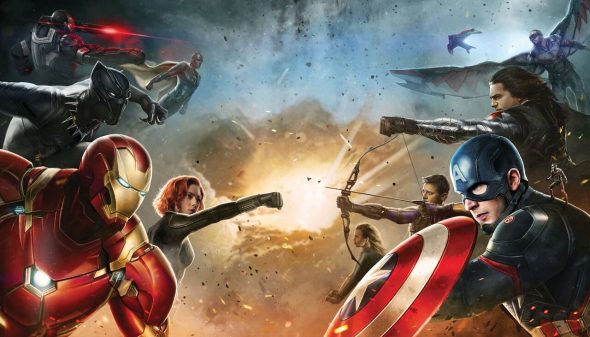
In Civil War, the United States government proposes a “Superhero Registration Act,” believing that for the safety of all Americans, anyone with superpowers should be required to have their civilian identity known to the government. Allowing superpowered people to keep their identities hidden led to a two-tiered justice system, where anyone with a mask and a good will could go around beating people up without any legal authority. Iron Man – a superhero who had voluntarily chosen to make his real name public – was in favor of enacting this law. Captain America, whose real name he had also chosen to reveal by this point, was strongly against the legislation. Each side had their followers, and the disagreement turned into an all-out, well, civil war between members of the superhero community. When it became evident that the dispute was doing more harm than good, Captain America gave up in order to avoid any further violent conflict. He surrendered himself in to the U.S. authorities, but as he was being taken to the courthouse for arraignment, he was shot and killed by a sniper’s bullet (or so it seemed…).
Not long after, in a universe far from Marvel continuity, Batman also apparently met his end. Investigating the death of Orion, son of the evil New God Darkseid, Batman deduces that the bullet that killed Orion was composed of a substance able to kill New Gods (not an easy task), and was fired back in time from the distant future. Eventually it was revealed that it had been Darkseid himself who had killed his son, Orion, in revenge for Orion’s perceived betrayal of him. When Darkseid used the Anti-Life Equation (a mind-controlling mathematical formula), removing Earth from the timestream and threatening to destroy the entire multiverse, Batman used the god-killing bullet against Darkseid (in a pretty reasonable one-time exception to his “no guns, no killing” rule); at the same time that Batman kills (or “kills” – you know how comics are) Darkseid, Darkseid uses Omega Beams to mutually destroy Batman.
In both cases, the world is saved but the hero falls – a fairly common trope. Captain America’s old partner Bucky Barnes (also known as the Winter Soldier) takes on Cap’s identity, and Dick Grayson, the one-time Robin and current Nightwing, becomes the new Batman.
Again, none of this is new. Both Batman and Captain America had died or appeared to have died many times in their long, long lives. Batman first appeared in 1939 and Captain America in 1941 – both having celebrated their 75th anniversary in the past couple of years – and any character with a continuity spanning eight decades is going to be seen as requiring rejuvenation every so often. The penultimate stage of Joseph Campbell’s description of the archetypal Hero’s Journey is Death and Resurrection: the hero must experience death, either personally or vicariously, and then overcome it in order to repair the world using the knowledge and powers he has acquired through his ordeal.
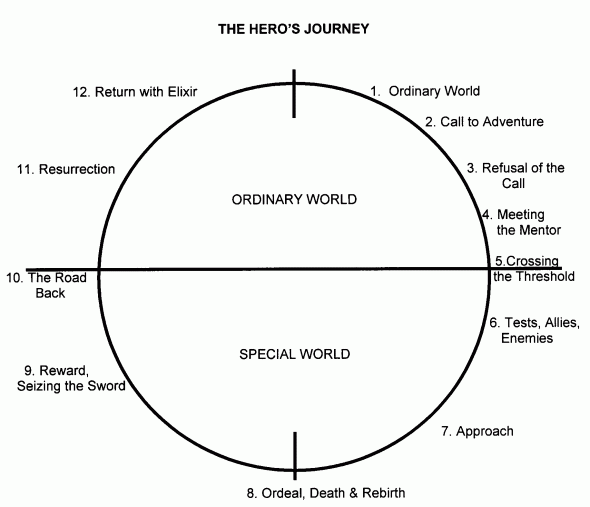
A major problem with this trope, though, when it comes to modern superhero comics, is that the characters do not age in real time, while readers obviously do. It means that not only does it become increasingly difficult to come up with new stories (“It’s all been done before” is a quote from the Bible, remember), but also that the accumulated baggage of continuity gets harder and harder to accommodate into the canon. Both Batman and Captain America fought the Nazis; and while Cap has a very clever trick that uses this continuity problem to the character’s advantage and turns it into a powerful engine for storytelling (he was frozen in the arctic ice near the end of the war and was only found and revived years later – how many years depends on what continuity you’re looking at), Batman hasn’t got that excuse. If we want past storylines to persist through time (and we do – Batman still has that giant penny and the robot dinosaur on display in the Batcave, after all), a certain degree of either cognitive dissonance or temporal reconstruction is required.
Generally, DC has chosen the latter – with their endless “Crisis” events resetting and restructuring the DC Universe to place their characters’ origins closer to the current real-world date and to expunge or alter storylines that are contradictory, or are now considered outdated or even embarrassing. Marvel has usually preferred to ignore the problem and hope that nobody mentions it: sure, Captain America has the luxury of having been frozen in ice and ending up a “man out of time,” but he also fought alongside, say, Spider-Man and The Falcon in the 1960s, 70s, 80s, and 90s, and the architecture and politics of those eras are very different from the ones we have and relate to today.
So both DC and Marvel, around the same time, decided it was time to kill off and then bring back one of their most iconic and symbolically loaded characters; curiously, they did it in extremely similar ways, and, seemingly, for some very similar thematic and cosmological reasons.
As we’ve already seen, both Batman and Cap died in ways that were somewhat analogous. The even weirder part, though, is how close their methods of coming back turned out to be. Both of them were not actually killed, as they appeared to be, but were in fact sent back in time and required to fight their way back to the future in order to return to their real lives in the present. Now, that’s a pretty weirdly specific thing to have happen. There are lots of ways of coming back from the dead, and for two of the most prominent and substantive characters in all of comics, it’s curious that their struggles to return to life in the present would be so close to each other, that their respective writers (Ed Brubaker, in the case of Cap, and Grant Morrison for Batman) would choose to present them as a fight against history. Why? What does it symbolize?
We can begin to tease that out by examining the differences between how Cap and Batman recovered from their deaths.
Captain America’s assassination was orchestrated by the Red Skull, who had lost his own body and was currently occupying a robotic construction. The gun used to shoot Captain America was designed not to kill him, but to lock his body in time and space, so that the Skull could later pull Cap’s body out of time and use it as a vessel for the Skull’s own consciousness – he planned to pose as the resurrected Captain America to carry out his schemes with the body of an esteemed super-soldier. However, the machine was damaged when the Skull kidnapped Cap’s girlfriend and S.H.I.E.L.D. agent Sharon Carter to brainwash her. Because of this, Captain America wasn’t frozen in time, but unstuck in time: he was shunted back and forth within his own timestream, sort of Quantum Leap style, forced to relive countless moments that he would mostly have rather forgotten: storming the beaches of Normandy on D-Day; his mother’s death; the assassination of the scientist who turned Steve Rogers into Captain America in the first place, the Kree-Skrull War that would lead to the death by cancer of Captain Marvel, and, worst of all, the day that he and Bucky were blown up trying to prevent the Nazis from acquiring a tactically vital robotic plane.
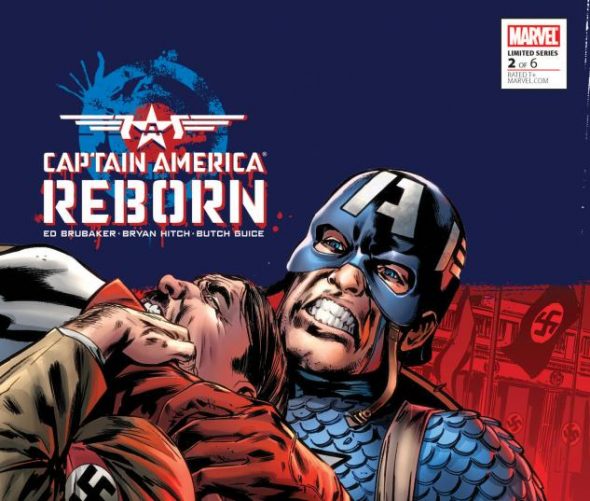
Long story short, the Red Skull does manage to retrieve and inhabit Captain America, but because Cap, in the past, had managed to deliver a message across the decades via Vision’s deep memory banks, the good guys already knew what was happening. They were able to disrupt Skull’s plan, and Cap fights off Skull’s consciousness to regain control of his body and return to life.
But ultimately, what effect does Cap’s death and rebirth in this manner have – on him, and on us, the readers? It forces us to relive some of the most important moments in the history of the character, to remind us of everything that he accomplished and what his accomplishments represented: the uncomplicated triumph of good over evil, at a time when those notions were taken seriously and unironically by almost everyone. Young Steve Rogers was so adamantly devoted to fighting evil that he did anything and everything he could – including submit to a dangerous experimental procedure – so that he could go into the world and make it a better place. He sacrificed everything for the cause he believed in – the American cause, the cause of freedom from tyranny. Yet more recently the world he lived in has grown greyer, less clear in its distinctions between good and evil, less sure even in its belief in any difference between good and evil.
At the time of his death, Captain America found himself, for the first time, on the losing side of a dispute not with foreign enemies but with his own friends and allies, those who claimed to have the best interest of America at heart but who he saw as dangerously misguided. Yet fighting this fight was too costly. More than ever before, Captain America found himself in a world he could barely recognize and which didn’t seem to care about everything he had done over the decades to protect them. It was a war of ideology, and it was a war that he would have to lose.
The thing is that he, and we, needed to be reminded of what Captain America had accomplished and what he stood for. The whole concept is kind of quaint, right? A guy wearing a flag, a guy who chose to go to war because he believed to his core that it was the right thing to do.
So as traumatic as all those events were for Cap, he had to relive them in order to remember how important they were, even now – especially now. And we, too, needed that reminder. As hokey as it might seem looking back at then-contemporary depictions of an American supersoldier fighting in World War II, it was vitally important from a psyops perspective but also carried the ideological archetypes that are necessary for any society to function: namely, the belief that it is valuable to the world, that it does more good than harm. This was the thought that Captain America and the Marvel Universe in general was struggling with at the time (and to a somewhat lesser extent still is), and it’s why a death and resurrection of Captain America in this particular way, in a way that recapitulated not only the symbolic meaning but the actual lived events, had to happen.
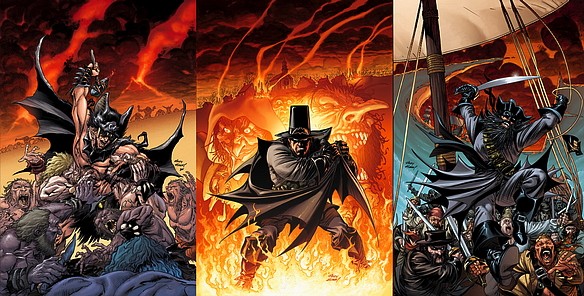
Let’s compare and contrast with what happened to Batman. Well, at least as much as we can, since by the end of “The Return of Bruce Wayne,” the comic descends into completely incoherent nonsense. But I already said that it was written by Grant Morrison, so I guess that’s par for the course. Anyway,Batman was not sent back to relive experiences from his own life; rather, he was first sent back forty-thousand years into the past, when Gotham City was a wasteland inhabited by cavemen – but the Batcave itself had already long since formed. Subsequently he jumps forward to the early American Colonial era; then further ahead where he meets Blackbeard the Pirate; to the Old West where he contends with outlaw Jonah Hex; then to the 1940s where he’s hired as a noirish detective to investigate the murder of his own parents – which his maternal grandmother believes was not a random robbery but a set-up by Thomas Wayne, who she claims paid to have his wife killed and faked his own death. Then he jumps to the End of Time or whatever, at which point everything turns into a bunch of insane crap and it’s better just not to worry about it.
In all of these eras, Bruce Wayne doesn’t remember who he is. And yet, he still always becomes Batman. He inspires a tribe of cavepeople to emulate him, he leaves clues that even he himself does not understand, for his friends to discover since they are inevitable searching for him. He exposes criminals and fights evil, and in every age the bat is his totem. Darkseid’s plan was to send Batman back to Earth as a living time bomb; as he shot forward through the millennia he would accumulate more and more Omega Energy until, when he reached the Twenty-First Century again he would overload with it and rupture, destroying the planet. Darkseid didn’t count on the fact that Batman is not just a man but a symbol, an idea. Symbols can’t be killed. So Batman survives.
Over the decades the Dark Knight has risen and fallen, but what Morrison is trying to do here, in his out-of-his-mind, incoherent way, is argue that the resonance and relevance of Batman isn’t anchored to any particular time period or set of circumstances. Batman can survive nearly endless permutations because the core of the character is something that has importance for people no matter where or when they live. As Tim Drake, Red Robin, tells him toward the end of his rebirth, when his memory still hasn’t yet returned: “You’re Bruce Wayne and your wear a disguise to frighten bad people.” That is the idea of Batman, that fights through time and through life and death and can survive anything – even terrible movies.
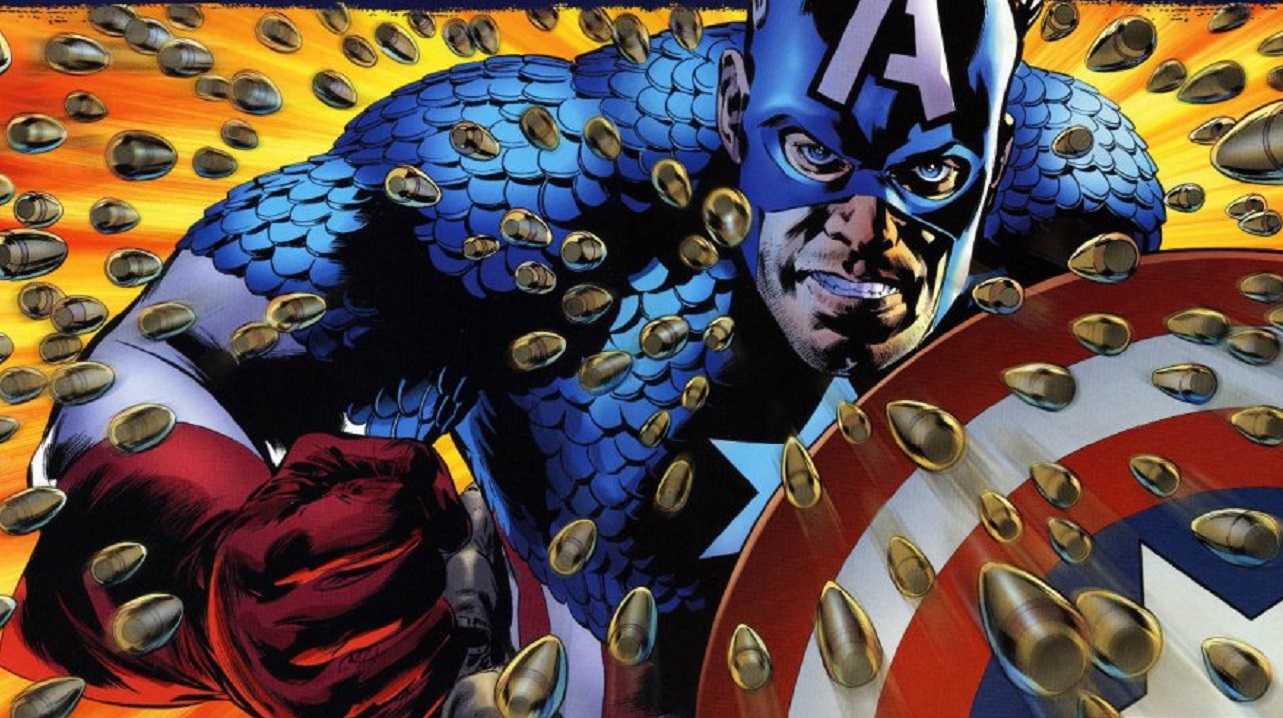
Add a Comment